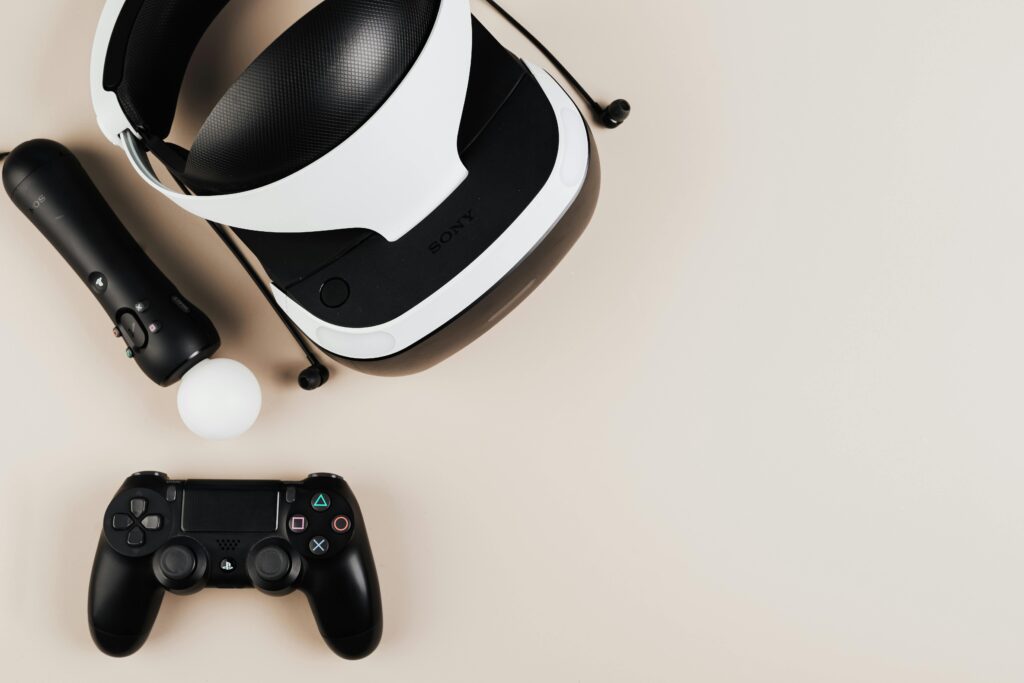Mixed Reality (MR) is perhaps the most exciting and complex branch of immersive technology. Unlike Virtual Reality (VR), which creates a completely digital environment, or Augmented Reality (AR), which overlays digital content on the real world, Mixed Reality blends the two. It allows digital and physical objects to coexist and interact in real time.
MR enables users to interact with digital elements as though they were part of their physical environment. Imagine manipulating a 3D model of a car engine on your kitchen table, or collaborating with a holographic teammate who appears in your living room. This post will explore the foundations of MR, its real-world applications, and how it’s reshaping industries like healthcare, design, training, and collaboration.
What Is Mixed Reality?
Mixed Reality exists on a spectrum between fully virtual environments (VR) and partially augmented environments (AR). The key difference lies in interaction. In AR, you can see digital content overlaid on the real world, but you can’t touch or move it naturally. In MR, you can interact with digital elements as if they were real—walk around them, manipulate them, even have them respond to your surroundings.
This is made possible by advanced technologies such as:
- Spatial mapping
- Depth sensing
- Eye and hand tracking
- AI-powered environment understanding
- Real-time processing and 3D rendering
Devices like the Microsoft HoloLens, Magic Leap, and advanced AR headsets are built specifically for MR experiences.
Key Features of MR
- Anchored Digital Objects: Unlike floating 2D overlays, MR objects “exist” in your real space and can be walked around or viewed from different angles.
- Environment Awareness: MR devices scan your surroundings in real time, allowing digital content to interact naturally with walls, tables, or floors.
- Real-Time Interaction: Users can manipulate holographic objects with their hands, voice, or even through gaze-based controls.
These features make MR especially useful in scenarios where users must interact with both physical and digital elements simultaneously.
Applications of Mixed Reality
1. Product Design and Engineering
In industries like automotive, aerospace, and industrial design, MR accelerates prototyping and collaboration.
- Engineers can view and modify 3D models at full scale without needing physical prototypes.
- Teams in different locations can collaborate on a design in real time, walking around the same virtual object as if they were in the same room.
- Design iterations are faster, cheaper, and more collaborative.
Companies like Ford and Airbus have integrated MR into their workflows to enhance design accuracy and reduce development time.
2. Healthcare and Surgery
MR is having a transformative impact in medicine, especially in training and surgical planning.
- Surgical Holograms: Surgeons can view 3D models of a patient’s anatomy—based on actual CT or MRI scans—before and even during surgery.
- Remote Assistance: MR enables real-time guidance from specialists located halfway across the world.
- Medical Education: Students can study lifelike 3D anatomical models, walk around organs, and simulate procedures in a safe, repeatable environment.
Microsoft’s HoloLens has already been used in hospitals for planning complex procedures and guiding doctors through operations.
3. Training and Skill Development
Mixed Reality provides highly immersive training scenarios, especially for high-risk or high-skill environments.
- Military and Defense: Soldiers train in realistic combat simulations without the cost or danger of live exercises.
- Aviation and Maintenance: Technicians use MR to learn complex repair procedures on aircraft, guided by step-by-step 3D instructions.
- Workplace Safety: Workers can be trained in hazardous scenarios like fire response or industrial accidents in a completely safe setting.
MR’s realism boosts memory retention and skill acquisition, making training more effective than traditional methods.
4. Remote Work and Collaboration
Mixed Reality is redefining how teams collaborate—especially across distances.
- Virtual whiteboards, 3D charts, and project boards come to life in shared holographic spaces.
- Instead of screen-sharing, MR allows co-workers to sit in the same virtual room, interact with the same tools, and even use virtual post-it notes.
- Platforms like Microsoft Mesh aim to create persistent MR meeting spaces where remote teams feel physically present with one another.
As remote work becomes the norm, MR offers a more human and collaborative experience than video calls or 2D tools.
Challenges Facing MR
While promising, MR faces some real-world challenges:
- High Cost: MR headsets are expensive and not yet consumer-friendly.
- Limited Field of View: Most devices can only show a limited area of holographic content.
- Hardware Bulkiness: Headsets are still large and not ideal for long-term use.
- Development Complexity: Creating MR apps requires advanced technical skills and often custom development.
As technology evolves, however, these barriers are slowly being overcome.
The Future of Mixed Reality
MR is poised to become the backbone of next-generation computing. As devices get smaller, more powerful, and more affordable, MR will move from niche industries into our homes and offices.
Imagine:
- Reading a book as a floating hologram on your coffee table
- Attending holographic lectures in your bedroom
- Collaborating on 3D projects with friends across the world—all in real time
Mixed Reality is not just a tech trend; it’s a new way of seeing, building, and interacting with the world.


